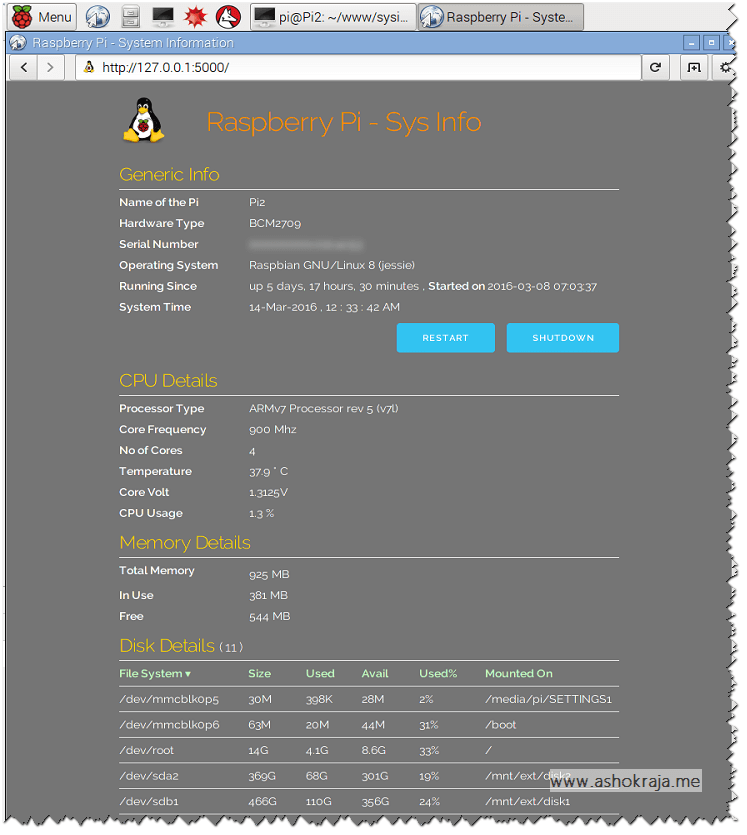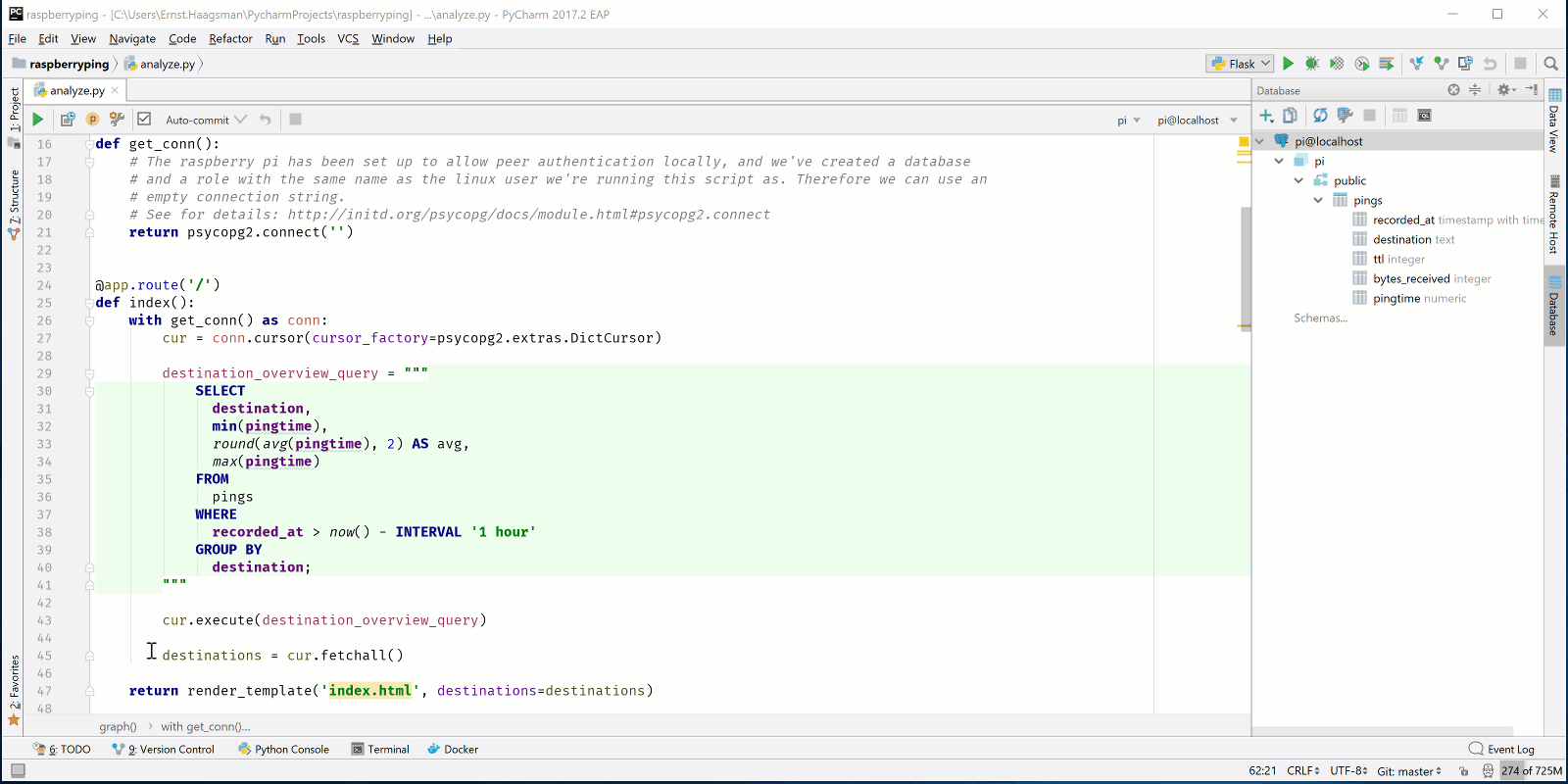
- #Pycharm community raspberry pi for free
- #Pycharm community raspberry pi how to
- #Pycharm community raspberry pi update
- #Pycharm community raspberry pi upgrade
#Pycharm community raspberry pi how to
Watch this tutorial to learn how to use the ActiveState Platform to create a Python 3.9 environment, and then use the Platform’s Command-Line Interface (State Tool) to install and manage it. The Platform will automatically pick the right package versions for your environment to ensure security and reproducibility. Or start by simply importing your requirements.txt file and creating a Python version with all the packages you need. Start by creating a new Python project, pick the latest version that applies to your project, your OS and start to add packages.
#Pycharm community raspberry pi for free
You can try the ActiveState Platform for free by creating an account using your email or your GitHub credentials.


Simply following the instruction prompts will resolve the conflict, eliminating dependency hell. The ActiveState Platform is the only Python package management solution that not only resolves dependencies but also provides workarounds for dependency conflicts.
#Pycharm community raspberry pi update
The simplest way to update all the unpinned packages in a specific virtual environment created with pipenv is to do the following steps:

, shell=True) Updating all Packages in a Pipenv Environment The easiest way to update unpinned packages (i.e., packages that do not require a specific version) in a virtual environment is to run the following Python script that makes use of pip: import pkg_resources from subprocess import callįor dist in pkg_resources.working_set: call("python -m pip install -upgrade " + dist. Pip install -r requirements.txt -upgrade Updating all Packages in a Virtual Environment Use the ‘Replace All’ command in the editor. Edit requirements.txt, and replace all ‘=’ with ‘>=’.Output a list of installed packages into a requirements file (requirements.txt):.
#Pycharm community raspberry pi upgrade
Pip can be used to upgrade all packages on either Windows or Linux: Pip freeze | %' | cut -d' ' -f1 | xargs -n1 pip3 install -U Updating Python Packages on Windows or Linux Open a command shell by typing ‘powershell’ in the Search Box of the Task bar.The easiest way to update all packages in a Windows environment is to use pip in conjunction with Windows PowerShell: To generate a list of all outdated packages: pip list -outdatedĭepending on your operating system or virtual environment, refer to the following sections. In general, you can use the following steps to perform a package upgrade:īefore packages can be updated, ensure that a Python installation containing the necessary files needed for updating packages is in place by following the steps outlined in Ģ. To ensure your environment doesn’t break on upgrade, you can sign up for a free ActiveState Platform account and import your current requirements.txt, ready to be upgraded. This is because pip and pipenv do not resolve dependencies, unlike the ActiveState Platform. NOTE: be aware that upgrading packages can break your environment by installing incompatible dependencies. However, if your deployment is located in a virtual environment, you should use the Pipenv package manager to update all Python packages. The pip package manager can be used to update one or more packages system-wide. In order to maintain the security and performance of your application, you’ll need to update these packages to a newer version that fixes the issue.

Unpinned packages are more common in development environments, where the latest version can offer bug fixes, security patches and even new functionality.Īs packages age, many of them are likely to have vulnerabilities and bugs logged against them.


 0 kommentar(er)
0 kommentar(er)
